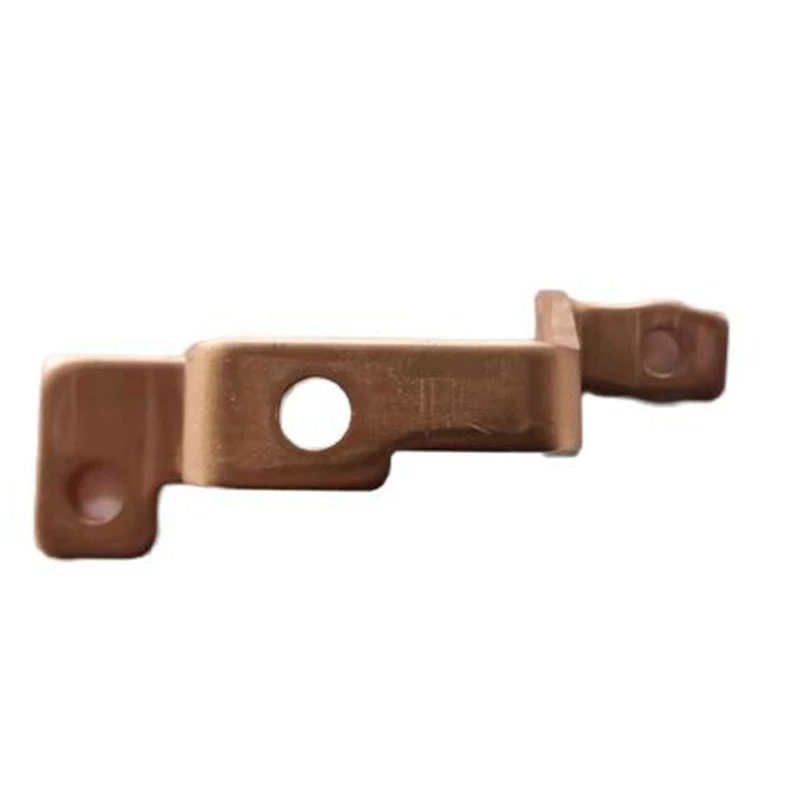Exploring Different Methods of Pressure Die Casting Techniques and Their Applications
Understanding the Types of Pressure Die Casting
Pressure die casting is a widely used manufacturing process that allows for the creation of complex metal parts with high precision and excellent surface finish. This method leverages high pressure to inject molten metal into a mold, resulting in parts that are strong, lightweight, and capable of intricate designs. This article explores the various types of pressure die casting, their applications, and their advantages.
1. Hot Chamber Die Casting
Hot chamber die casting is a process predominantly used for metals with a low melting point, such as zinc, lead, and magnesium. In this method, the melting pot is integrated with the die, and molten metal is injected directly into the die under high pressure. The significant advantage of hot chamber die casting is that it allows for a rapid production rate due to the continuous feeding of molten metal.
One of the most critical aspects of hot chamber die casting is its requirement for lower viscosity metals. This makes it ideal for producing smaller components found in automotive and electronics applications. However, the use of a hot chamber limits the process to metals with lower melting points, which can restrict the variety of materials used.
2. Cold Chamber Die Casting
Cold chamber die casting, in contrast, is suitable for metals with higher melting points, like aluminum, copper, and brass. In this process, the molten metal is poured into a chamber that is separate from the die before being injected. A mechanical plunger then forces the metal into the die cavity under high pressure.
Cold chamber die casting is characterized by its ability to work with a broader range of alloy materials. The process is particularly beneficial for producing larger parts or parts that require a more complex design, such as those used in the aerospace and automotive industries. Since the metal is not constantly subjected to heat, it helps avoid oxidation and ensures better quality in terms of strength and durability.
3. Gravity Die Casting
While technically not a form of pressure die casting, gravity die casting is worth mentioning due to its relevance in the manufacturing process of some components. In this method, molten metal is poured into a mold under the force of gravity rather than pressure, allowing for the production of larger and heavier parts.
types of pressure die casting

Gravity die casting typically involves reusable metal molds, making it a cost-effective option for producing fewer parts or for prototype development
. Although this method does not achieve the same level of detail or surface finish as pressure die casting, it remains essential for specific applications where weight is not a major concern.4. Vacuum Die Casting
Vacuum die casting is a process that minimizes air bubbles and other imperfections by utilizing a vacuum to create a pressure differential when injecting molten metal into the mold. This method can be applied in both hot and cold chamber systems, making it versatile across various types of metals.
An essential benefit of vacuum die casting is that it produces parts with enhanced density and mechanical properties. This method is excellent for creating high-performance components, especially when the integrity and strength of the part are critical factors, such as in aerospace and automotive applications.
5. Die Casting Alloys
The choice of alloy plays a significant role in the type of pressure die casting process employed. Common materials used in die casting include aluminum, zinc, magnesium, copper, and lead. Each alloy offers distinct properties, such as weight, corrosion resistance, and machinability, which influence the final application's suitability.
Conclusion
Pressure die casting is a vital manufacturing process that provides both efficiency and precision in producing metal parts. The choice between hot chamber, cold chamber, gravity, and vacuum die casting methods depends on factors such as the type of metal used, the desired component characteristics, and production volume requirements.
By understanding the different types of pressure die casting, manufacturers can make informed decisions that optimize their production processes, enhance product quality, and ultimately improve profitability. As technology advances, the capabilities and applications of die casting will continue to evolve, making it an exciting field for innovations in manufacturing.
-
Precision Casting AI Solution with GPT-4-Turbo | Optimized QualityNewsAug.02,2025
-
Precision Sheet Metal Stamping Manufacturer | Fast & ReliableNewsAug.01,2025
-
OEM Sand Cast Pump Valve Fittings - Baoding Hairun Machinery And Equipment Trading Co., Ltd.NewsAug.01,2025
-
Custom OEM Impellers | High Efficiency & PrecisionNewsAug.01,2025
-
OEM Sand Cast Pump Valve Fittings - Baoding Hairun Machinery | Customization, Quality AssuranceNewsAug.01,2025
-
OEM Sand Cast Pump Valve Fittings - Baoding Hairun Machinery And Equipment Trading Co., Ltd.NewsAug.01,2025















